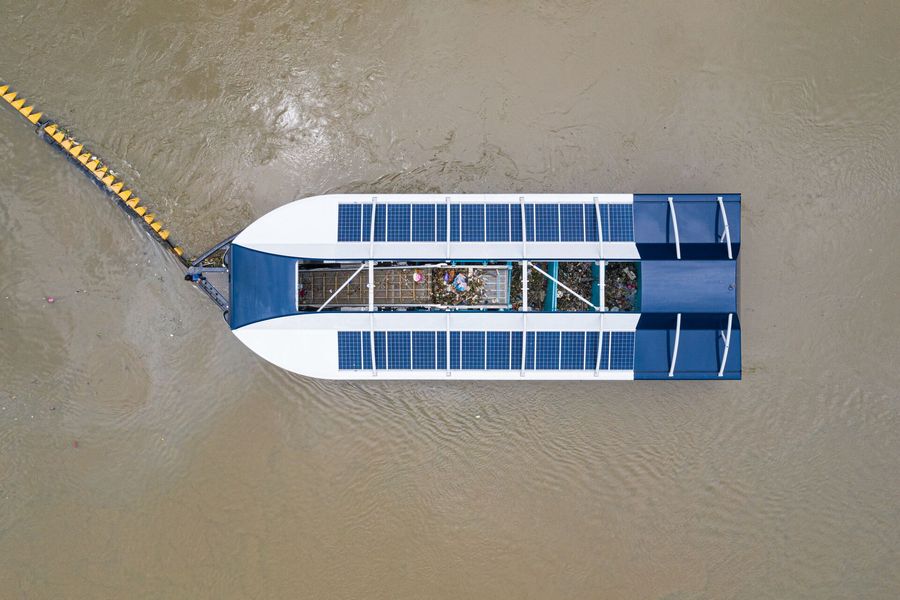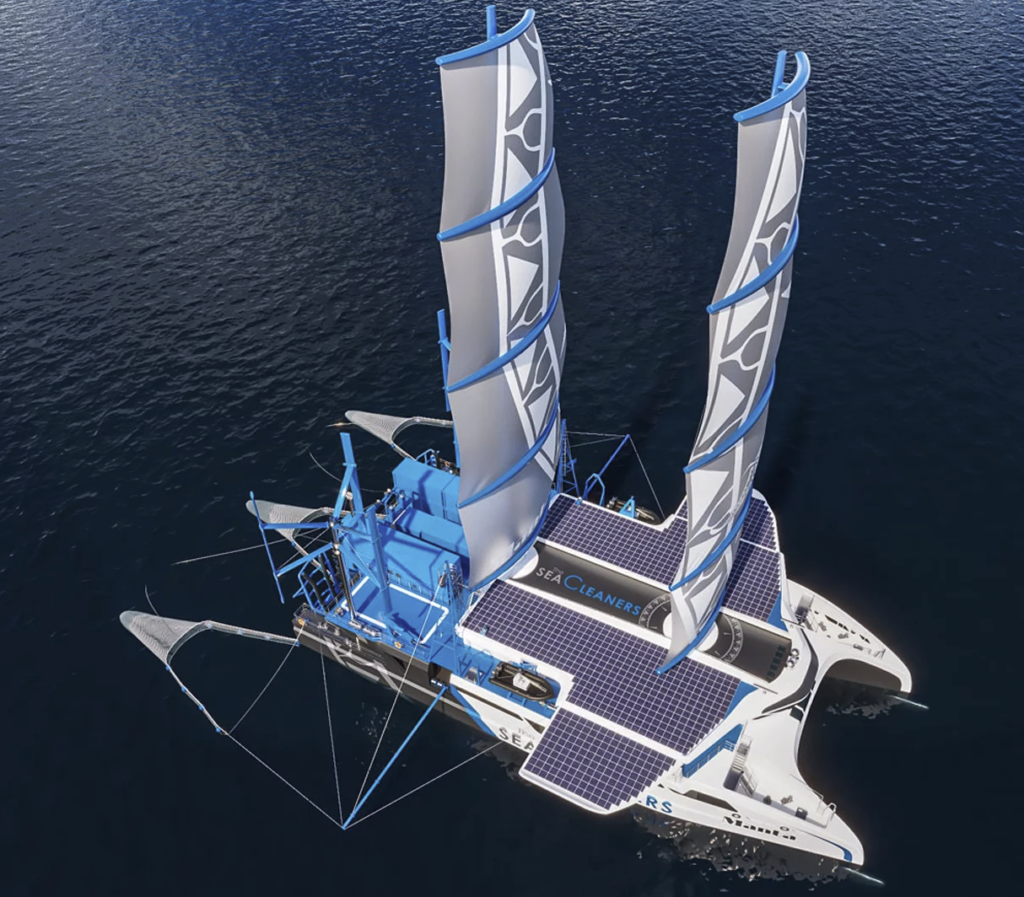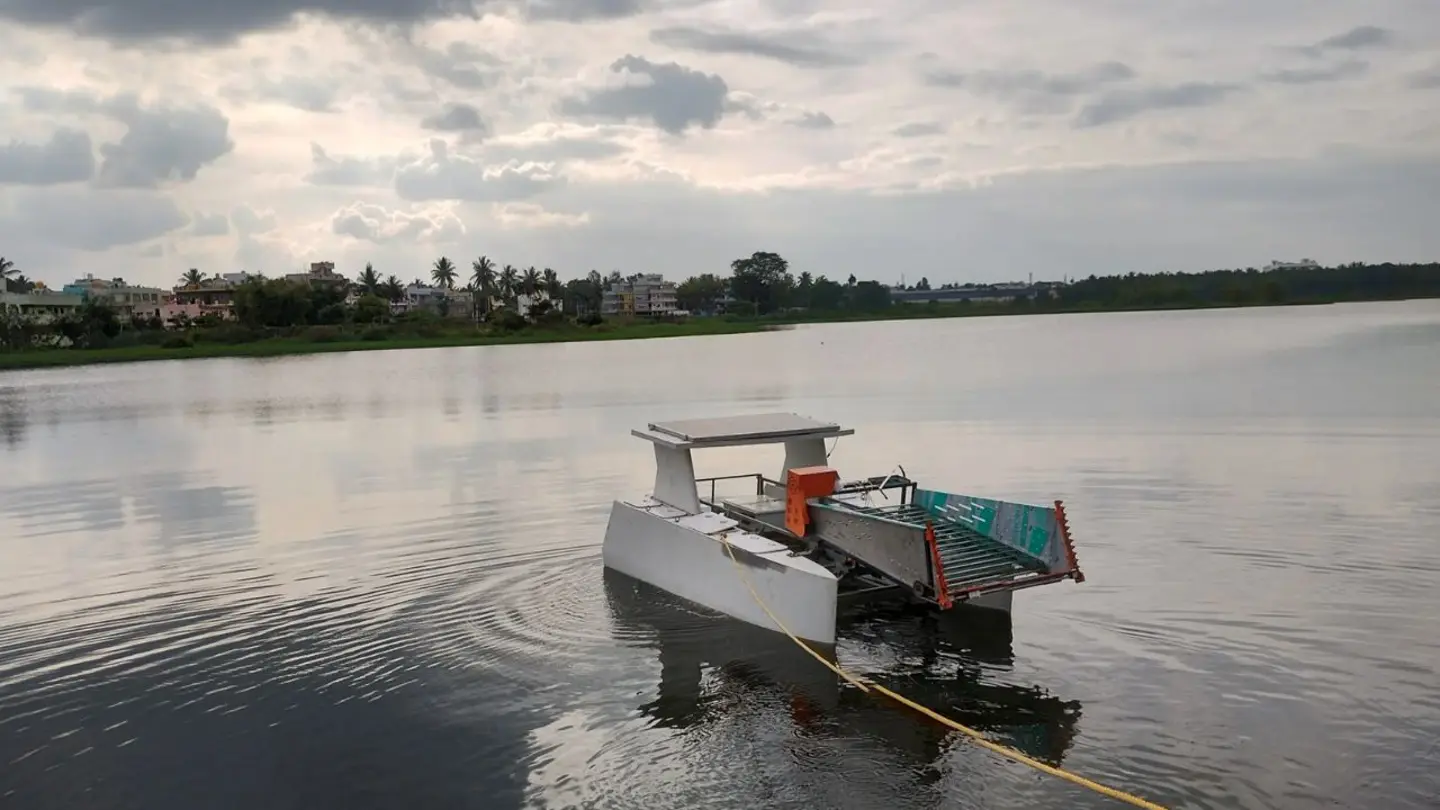Every year, an estimated 11 million metric tons of plastic enter our oceans. From strangling sea turtles to forming vast floating garbage patches, plastic pollution threatens marine life, human health, and the future of our planet. But a new wave of innovation is emerging—powered not by fossil fuels, but by the sun and artificial intelligence.
In this video, we’ll explore how solar-powered, AI-controlled boats are becoming powerful tools in the fight against plastic pollution—and how even individuals and small teams are building their own vessels to make a difference.
Solar Boats: From Dream to Reality
Solar-powered boats are no longer just futuristic concepts. They first captured global attention when the Tûranor PlanetSolar, the world’s largest solar-powered boat, successfully circumnavigated the globe using only energy from the sun. Since then, solar marine technology has advanced rapidly.
With the plummeting cost of solar panels and batteries, solar-powered propulsion is becoming mainstream. Luxury yachts like the Silent Yachts series and the Aura 51 SMART Electric are now commercially available. Bold new concepts, such as Florida, a solar-sailing superyacht, showcase the potential of green marine transportation.
But can these sleek vessels do more than serve as toys for the ultra-rich? Can they actually help solve one of our most pressing environmental challenges—cleaning up rivers, oceans, and the Great Pacific Garbage Patch?
The Answer Is Yes: Lets Meet the Fleet
A new generation of AI-powered solar boats is already making an impact.
- The Interceptor by The Ocean Cleanup can extract several tons of waste daily from heavily polluted rivers.
- Manta, a hybrid catamaran by RanMarine, is designed to collect and process ocean waste at scale.
- Smaller vessels like Robo-Collect, Clearbot (developed in Hong Kong), and the student-designed A.D.D.R.A.R. (Autonomous Debris Detection and Removal Aquatic Robot) are tackling waste in rivers, harbors, and near shorelines. For example, Clearbot can remove up to 200 kg of debris in a single trip, while A.D.D.R.A.R. autonomously collects 10 kg using GPS navigation.
These boats are not just collecting bottles and bags. Advanced designs are now targeting microplastics which are those tiny fragments that slip through traditional filtration systems. Using skimming nets, floating barriers, and AI for precision navigation, these vessels can sweep vast areas more effectively than ever before.

It’s all good that we can collect all that plastic, but where would that end up
Turning Trash into Fuel
The next frontier in this fight is onboard waste processing. The upcoming Manta vessel, for example, will include facilities to shred plastic and even convert it into fuel through pyrolysis—a chemical process that breaks down plastic without burning it. This fuel can then power the vessel itself, creating a partially self-sustaining loop.

Some systems are even being designed to address oil spills and surface pollutants, adding another layer to their utility.
Rivers: The Frontlines of Ocean Pollution
Studies suggest that most ocean plastic enters via rivers. This means that intercepting waste upstream, before it even reaches the sea, is crucial. While larger boats like Manta will patrol open waters, smaller, agile vessels are ideal for navigating rivers, deltas, and estuaries.
Innovation Isn’t Enough: We Must Turn Off the Tap
While these boats offer a powerful cleanup solution, they are not a silver bullet. We’d need entire fleets operating continuously to address the current crisis.
The only real long-term solution is to stop plastic from entering waterways in the first place. That means cutting plastic use at the source, redesigning packaging, improving waste management, and promoting the “Reduce, Reuse, Recycle” mantra—with a renewed focus on the first two.
Conclusion
The fusion of solar energy and AI is giving us new tools to clean our oceans—tools that are accessible, scalable, and increasingly affordable. What started as high-tech prototypes are now becoming practical machines that anyone—from governments to grassroots innovators—can deploy.
Cleaning up the oceans is a monumental task. But thanks to solar-powered, AI-driven boats, we’re no longer fighting this battle alone.
